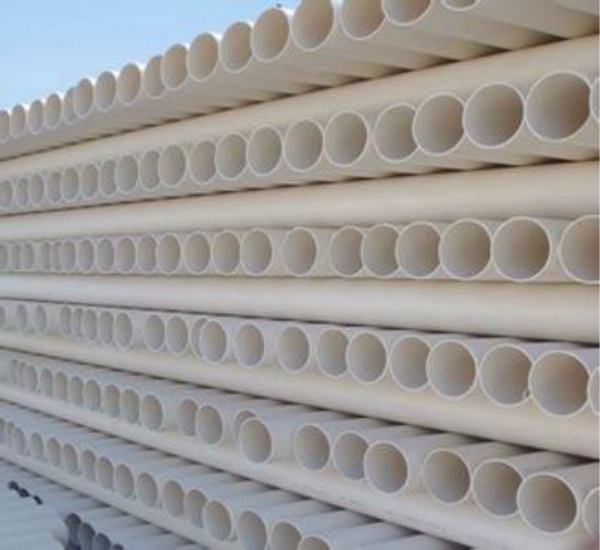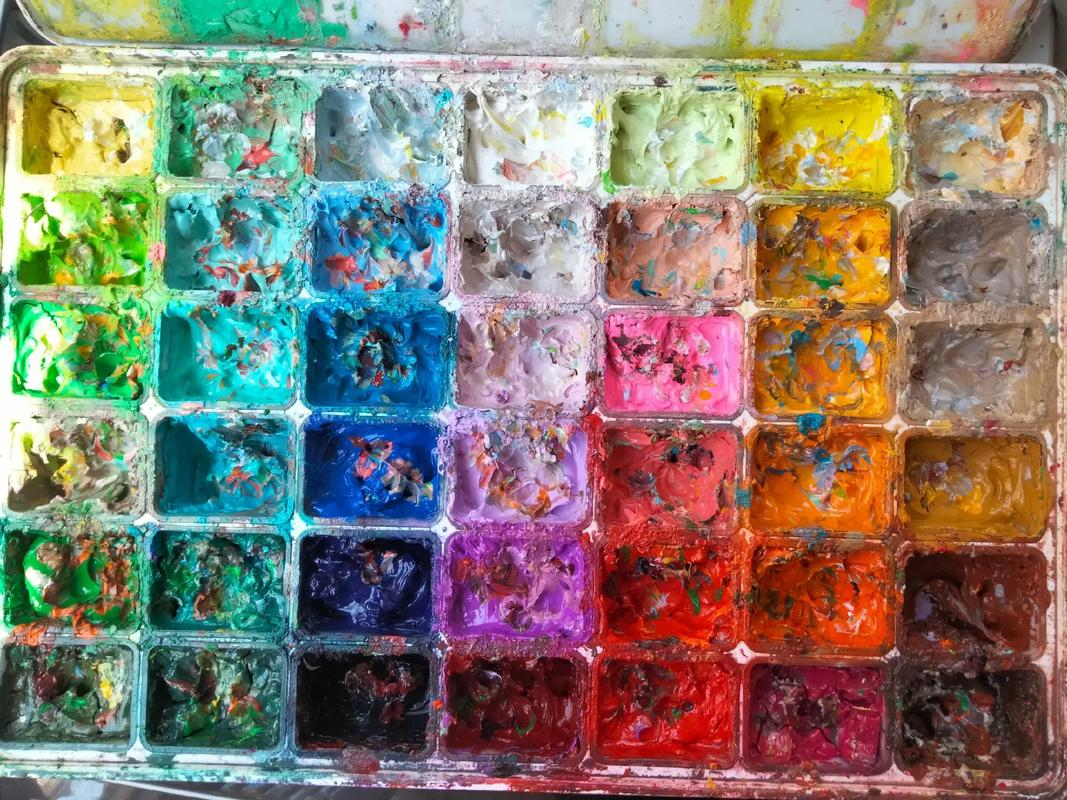PVC profile formula and its performance characteristics
In our daily lives, PVC profiles can be seen everywhere. PVC profiles are rarely heard and feel unfamiliar, but when it comes to plastics, it is estimated that everyone is not very unfamiliar. It can be said that our lives cannot do without plastic. Because of the emergence of plastic, it has brought many conveniences to our lives. For example, when we shop, we use plastic bags to hold the items we buy; The drinks we usually drink are also made of plastic containers... Today, I will introduce the formula and performance characteristics of PVC profiles to you.
PVC resin is a polymer with strong molecular forces. Generally, it is a white powdery substance with no toxicity, no odor, and cannot be dissolved in water. But at extremely high temperatures, it can produce a pungent odor, which is hydrogen chloride. This gas is toxic, easily soluble in water, and can be absorbed by the human body, leading to poisoning.
There are two types of PVC profiles, one is soft PVC profiles, and the other is hard PVC profiles. In our family, the frames of doors and windows are made of PVC profiles, as well as the pipes for water pipes. These are all hard PVC profiles. The luggage we usually use is made of PVC profiles, and the cables used for power transmission in the State Grid Administration are also made of flexible PVC profiles.
With the increasing progress of science and technology, the performance of PVC profiles is becoming increasingly powerful. Nowadays, there are a wide variety of performance types of PVC profiles, some of which can resist strong acid and alkali corrosion, while others can withstand high temperatures... In some PVC profiles, some of which have strong performance and can even replace aluminum alloys or other metal materials.
Recommand products from TDD:
Liaoning Dongyu Talc Powder DYXN-1250
Titanium Dioxide NTR-750














